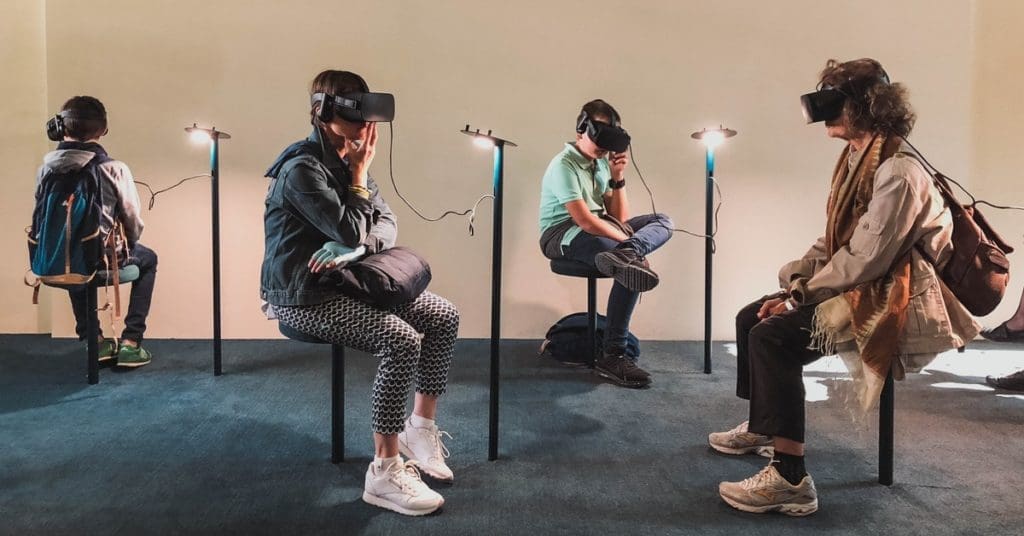Speeding into the Future: Why the Metaverse Needs Fiber
Mar 28, 2022 | General
Since the first message was sent over the internet in 1969, broadband expansion has been the driving force of innovation. With more bandwidth and faster speeds, we’ve been able to develop new technologies, new businesses, and new ways to interact with each other. Widespread internet access has made applications like Netflix and Spotify possible–changing the way we consume movies, TV, and music. Without the internet, we wouldn’t have the convenience of Uber or Doordash, and we certainly wouldn’t be able to work from home. Undoubtedly, improvements in broadband speed and capacity have changed the way we live. Soon, faster connections will bring us into the Metaverse and once again alter the way we engage with the world. Ever since Facebook changed its name to Meta, there’s been a lot of hype and confusion around the subject. In this article, we explore the Metaverse and why the Metaverse needs Fiber.
Introducing the Metaverse
The Metaverse is a vision for the future of the internet. It is a shared virtual reality environment facilitated by technologies like VR (virtual reality) and AR (augmented reality). Like the internet of today, the Metaverse will be used for working, learning, shopping, entertainment, and gaming, but the experience will be immersive. So how is it different from today?
Right now, we experience the internet in a 2D space on a screen. In the Metaverse, we will experience the internet in a 3D, interactive space where we can engage with other people in virtual places. Some have described it as a new internet, but in reality, the Metaverse will be a new way for us to engage on the internet.
Why the Metaverse Needs Fiber
Major Metaverse stakeholders like Facebook and Microsoft have been investing in fiber-optic technology because it is one of the keys to unlocking our future on the internet. Because the Metaverse is an interactive space that requires real-time synchronicity for all users, every action in the virtual environment will create a massive, constant stream of data. Each interaction will need to be sent and received in real-time without delay.
The infrastructure behind this new vision for the Internet must be able to sustain the constant bombardment of information. Unless we have the technology to process, transmit, and receive the data, the Metaverse cannot exist. Fiber delivers more capacity, lower latency, and symmetrical speeds, all of which are required for the Metaverse’s success. Because fiber-optic technology’s limits are near the speed of light, it is capable of incredible bandwidth and speed.
Every year, researchers use fiber-optic technology to set new data transmission records. In 2021, engineers moved 319 terabits of data per second along a fiber-optic cable1. To put that in perspective, NASA uses speeds of 400 gigabits (Gbps) per second, while most American households would be amazed by the speed of a 1 Gbps connection. With astonishing speed and capacity potential, fiber is the best technology for building Metaverse and our future on the internet.

